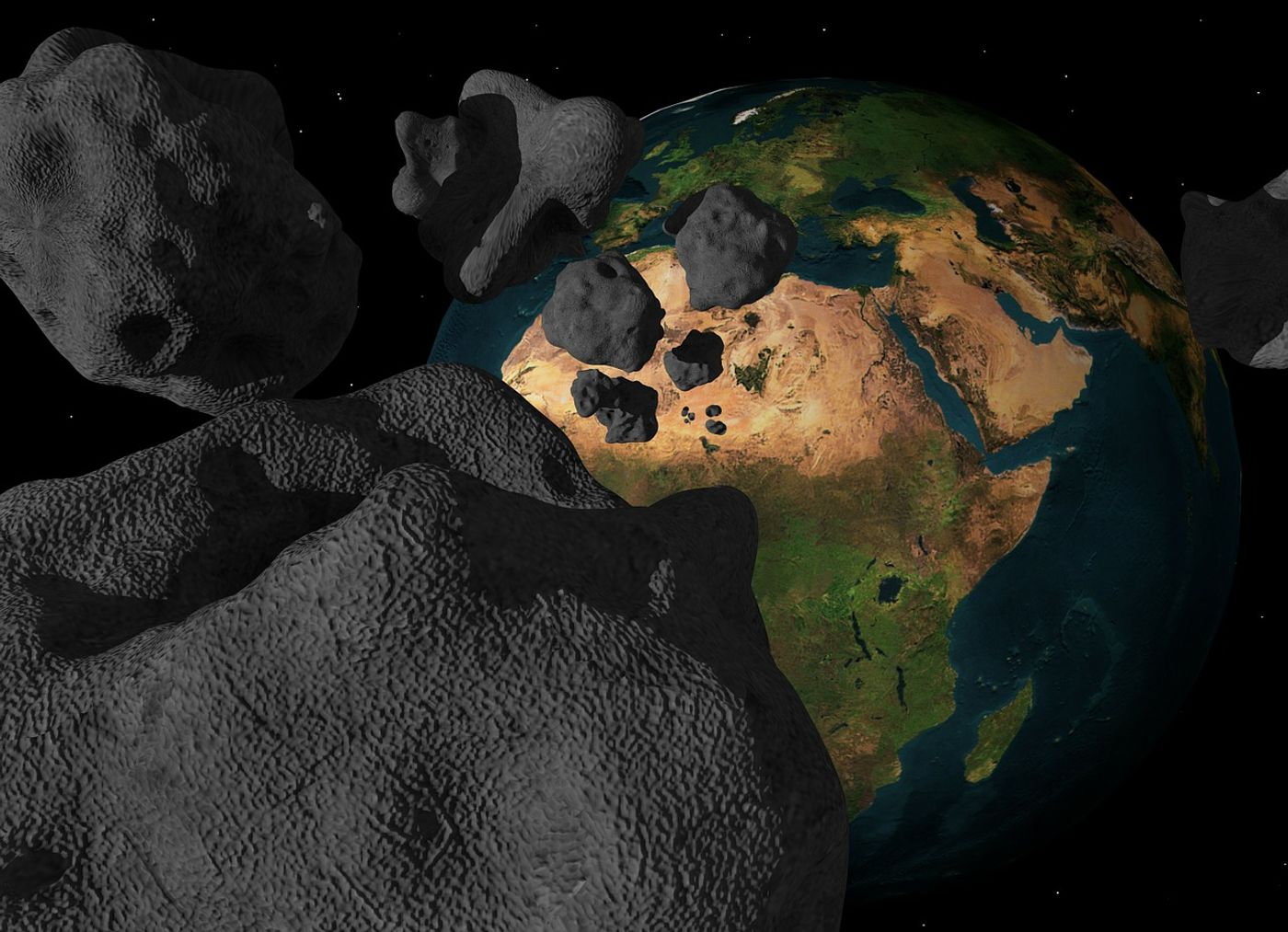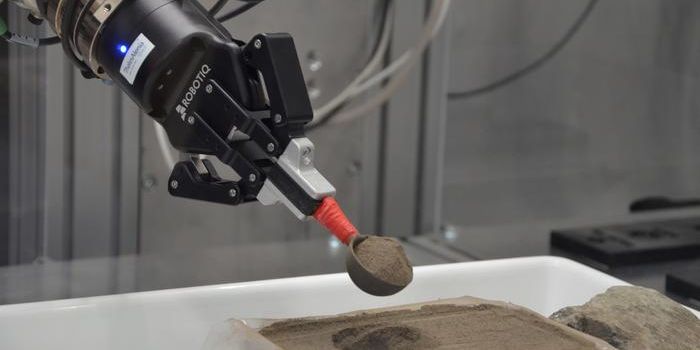Tune in to the ESA's Live Coverage of a Fictional Asteroid Impact Exercise
The inner solar system is teeming with what seems like an infinite number of small-to-large asteroids, some of which tend to cross the Earth’s path as it orbits the Sun. Many smaller space rocks merely burn up in the Earth’s atmosphere, but larger ones sometimes skim dangerously close to Earth, prompting NASA and other space agencies to continuously track their movements and determine whether they pose a long-term threat to our planet.
Image Credit: Pixabay
Experts in the field call these types of Earth-skimming and potentially-hazardous asteroids Near-Earth Objects (or NEOs for short), and according to the European Space Agency, there are at least 20,000 known NEOs as of April 2019. Perhaps more alarmingly, astronomers continue to find more of these potentially-dangerous space rocks at a rate of almost 150 per month. With that in mind, 20,000 NEOs could double to 40,000 NEOs in just over a decade from now.
As you might come to expect, space agencies don’t just sit idly by and wait for doomsday to approach us. By tracking these space rocks in real-time, astronomers can predict if and when one of these NEOs might collide with the Earth. Specialized teams are then scrambled to discern the best method of dealing with the threat, whether that means blowing the space rock up with explosives or attempting to deflect it away from the Earth.
“The first step in protecting our planet is knowing what’s out there,” explained the ESA’s head of Planetary Defense Rüdiger Jehn. “Only then, with enough warning, can we take the steps needed to prevent an asteroid strike altogether, or to minimize the damage it does on the ground.”
Related: NASA outlines how it will prepare for potential upcoming NEO collisions
Humankind has been rather fortunate thus far because we haven’t needed to invoke such risky responses to any NEOs yet, but that’s not a valid reason to let our guard down. Instead, asteroid experts from many of the world’s most notorious space agencies take advantage of the peace to prepare for worst-case scenarios, which sometimes involves simulating a week-long fictional asteroid impact exercise.
Planetary defense exercises of this nature have been going on for years, but the ESA is ready to make things a bit more interesting. For the first time, the ESA will make history by conducting one of these week-long exercises live via social media for the world to see. The activity will take place from Monday, April 29th to Friday, May 3rd, and the space agency’s @esaoperations Twitter page will be the primary source for information about the fictional asteroid as it surfaces.
At the time of this writing, the exercise is already commencing. The ESA started the day with the following exciting Tweet:
“#FictionalEvent It’s the year 2028, and ESA is monitoring a worrying situation: an #asteroid is en route to hit Earth, although where it might hit is not yet clear - a dramatization highlighting the need for keeping watch for risky rocks #PlanetaryDefence.”
The exercise’s participants will receive scheduled updates about the fictional asteroid throughout the week and must respond to those updates the best that they can. Based on their decisions, they’ll discern how the situation plays out and whether they acted to the best of their ability or if their actions had room for improvement, an essential step toward preparing for a real asteroid impact threat.
Related: Japan's Hayabusa-2 probe lands on an asteroid to conduct a sample collection mission
Those interested in tuning into the event should follow the aforementioned Twitter page and visit the ESA’s Facebook page to tune in to the live coverage.
It should be interesting to see how this pans out…
Source: ESA, ESA (Facebook), ESA Operations (Twitter)









